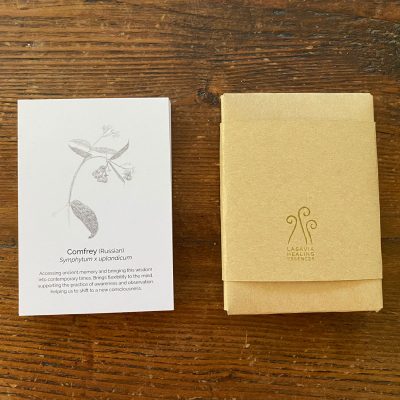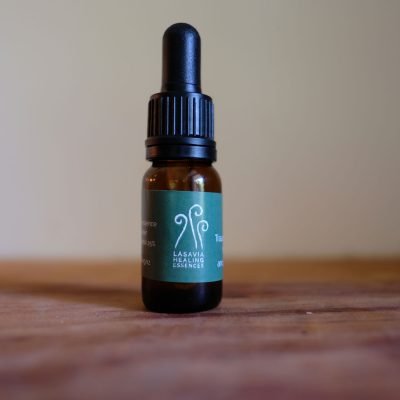Lasavia Insects Collection
The insects help to remind us of the nature of the ecosystem that we live in, and that we’re essentially part of this ecosystem, not separate from it.
All these remedies are created energetically through the conduit of water and are then preserved in brandy. They have been made with the physical insect nearby rather than use a dead insect in the medicine. Each remedy has the energetic vibration of the insect and has its own unique story. In writing about these remedies, I have chosen poems that convey a gesture of the insect that is relevant and beautiful.
Showing all 7 results
-

Essences cards
$33.00 -

Tree Wētā, Pūtangatanga – Unfreeze
$25.00 -

Praying Mantis – Thought Cleansing
$25.00 -

Paper Wasp – Personal Boundaries
$25.00 -

Cricket, Pihareinga – Release
$25.00 -

Cicada, Kihikihi wawā – Surrender
$25.00 -

Bee, Pi Honi – Community
$25.00
(The bushman) knew the animal and vegetable life, the rocks, and the stones of Africa as they have never been known before. He knew these things in the full context and commitment of his life. Like them, he was utterly committed to Africa. He and his needs were committed to the nature of Africa and the swing of its wide seasons as a fish to the sea. He and they all participated so deeply of one another’s being that the experience could almost be called mystical.
– Laurens Van der Post, from “The Lost World of the Kalahari”
The insect realm is extraordinary in the life stories they convey and their unique position in nature. Often the creatures in this world are invisible to us as we stumble blindly through our own life. In our modern culture we’re often uncomfortable in the presence of many insects, very few people take the time to get to know them and most consider them as pests. In bringing forward this range of medicine, I hope to not only change this limited view of the insect world, but also help us to examine our relationship with these insects, looking at their gesture and receiving the powerful medicine they convey.
All these remedies are created energetically through the conduit of water and are then preserved in brandy. They have been made with the physical insect nearby rather than use a dead insect in the medicine. Each remedy has the energetic vibration of the insect and has its own unique story. In writing about these remedies, I have chosen poems that convey a gesture of the insect that is relevant and beautiful.
In my own research and understanding of insects, I would like to thank the following New Zealand entomologists David Millar and Richard Sharell from whom I have drawn much information. Also I would like to give a special mention to ‘An Insect Book for the Pocket’ by Edmund Sanders, which inspired me when I was young and still gives me great pleasure in the beauty of its design and its precise reverence for insects. And finally to friends like Belle Miles and Meggan Young who are both natural naturalists and have shared their own insect stories that have helped me to piece together some of the insights available here. I always end up with more questions than answers as I observe insects particularly in my garden. May that always be so.









